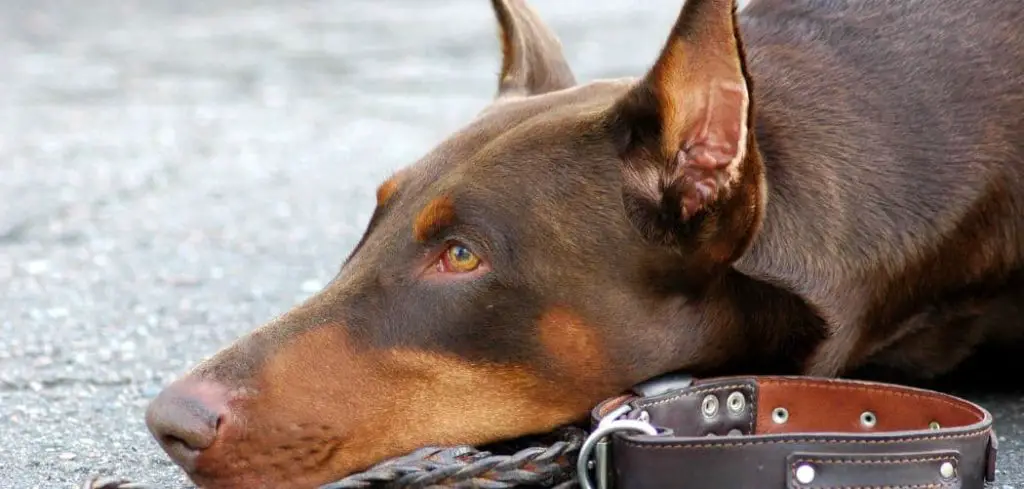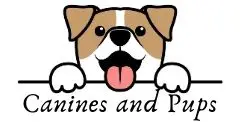If your dog is drooling and throwing up foam, it’s natural to feel alarmed. These symptoms are often signs of an underlying problem and shouldn’t be ignored.
Dog drooling is a normal process—especially in breeds like Bulldogs, Saint Bernards, or Bloodhounds. However, excessive drooling, especially when it appears suddenly or is accompanied by foamy vomit, often points to a deeper issue.
Throwing up foam, which often appears white or clear, may occur with or without food in the stomach. It’s typically made up of saliva, mucus, and stomach acids. While a one-time episode may be harmless, frequent or sudden foamy vomiting is a red flag that warrants attention.
We outline the potential causes of dog drooling and throwing up foam, what you should look out for, and when it’s time to seek veterinary care.
Here’s Why Dog Drooling and Throwing Up Foam Happens
Dog drooling and throwing up foam often happens due to irritation or distress in the gastrointestinal tract. Common causes include indigestion, eating something toxic or inedible, acid reflux, or bilious vomiting syndrome—where the stomach becomes empty and produces bile and foam. Other potential triggers include motion sickness, anxiety, pancreatitis, or more serious conditions like bloat or kidney disease.
Excess drool usually accompanies nausea, as the dog’s body prepares to vomit. While occasional episodes may not be serious, frequent or severe symptoms indicate serious underlying issues.

Common Causes of Dog Drooling and Throwing Up Foam
1. Gastrointestinal Irritation or Gastritis
One of the most common reasons for a dog drooling and throwing up foam is gastritis—inflammation of the stomach lining. This can happen due to:
Eating spoiled food
Ingesting foreign objects
Sudden dietary changes
Food intolerance
When the stomach becomes irritated, it produces excess acid. This acid, combined with saliva, results in foamy vomit.
Drooling may also increase as a response to nausea and stomach discomfort.
Dogs with gastritis may also show signs like:
Licking lips frequently
Loss of appetite
Lethargy
Audible stomach gurgling
2. Bloat (Gastric Dilatation-Volvulus)
Bloat in dogs is a life-threatening emergency that requires immediate veterinary attention.
It occurs when the stomach fills with gas and twists.
Symptoms include:
Profuse drooling
Restlessness
Attempting to vomit but only producing white foam
Swollen or tight abdomen
Weakness or collapse
Bloat is more common in large, deep-chested breeds like Great Danes, German Shepherds, and Standard Poodles. If you suspect bloat, go to an emergency vet immediately.
3. Pancreatitis
Pancreatitis in dogs—inflammation of the pancreas—can also cause excessive drooling and foamy vomit.
This condition is painful and often triggered by high-fat foods or certain medications.
Other symptoms include:
Hunched posture
Lethargy
Diarrhea
Loss of appetite
Abdominal pain
If your dog recently consumed fatty foods or shows these symptoms, pancreatitis could be the culprit.
Related: Dog drooling and throwing up bile (Explained)
4. Ingesting Toxins or Irritants
Another serious cause of dog drooling and vomiting foam is poisoning.
Dogs may ingest toxic substances such as:
Cleaning products
Pesticides
Certain plants (e.g., lilies, sago palm)
Human medications (e.g., ibuprofen, acetaminophen)
Chocolate or xylitol
When a dog is poisoned, the body responds with drooling, vomiting (often foamy), tremors, and possibly seizures.
If you suspect poisoning, don’t wait—contact a veterinarian or pet poison control immediately.
5. Kennel Cough or Respiratory Issues
Canine infectious respiratory disease complex (kennel cough) can sometimes cause dogs to cough up white foam, which may be mistaken for vomiting.
Alongside foamy secretions, signs of kennel cough include:
Persistent, honking cough
Sneezing
Nasal discharge
Lethargy
This condition is highly contagious but usually mild. However, in puppies or immunocompromised dogs, it can become more serious.
6. Heatstroke
Dogs regulate their body temperature through panting and drooling.
On very hot days, especially if a dog is left outside without shade or water, they can develop heatstroke.
Symptoms include:
Heavy drooling
Foamy vomit
Panting excessively
Weakness or collapse
Red gums
Heatstroke is an emergency. Move your dog to a cool place and seek veterinary help immediately.
Related: Dog throwing up and drooling (Explained)
7. Mouth or Throat Irritation
If your dog has something stuck in their mouth, such as a bone shard, stick, or sharp object, it can lead to excessive drooling and vomiting foam due to discomfort or pain while swallowing.
Other signs of oral irritation include:
Pawing at the mouth
Refusing food
Bleeding or swelling in the mouth
Always inspect your dog’s mouth carefully, and contact your vet if you see anything unusual or your dog appears in pain.
Less Common Causes of Dog Drooling and Foamy Vomiting
Stress or Anxiety
Stress-related nausea can cause drooling and foam vomiting in dogs. Travel anxiety, vet visits, thunderstorms, or separation anxiety may trigger these symptoms.
You may also notice:
Pacing
Shaking
Hiding
Whining or barking
Rabies (Rare but Serious)
While very rare in vaccinated dogs, rabies can cause excessive drooling and foaming at the mouth.
Rabies is fatal and highly contagious, so any suspected exposure requires emergency action and quarantine.
What To Do If Your Dog Is Drooling and Throwing Up Foam
If your dog vomits foam once but otherwise seems fine, monitor them closely.
However, repeated episodes or additional symptoms require veterinary care.
Take These Steps Immediately:
Withhold food for 8–12 hours, but allow access to fresh water.
Check for toxins or foreign objects that your dog may have ingested.
Keep your dog cool and calm, especially if overheating is suspected.
Record symptoms: How often are they vomiting? What color is the foam? Are they lethargic, pacing, or bloated?
When to Seek Immediate Veterinary Help
Seek emergency care if your dog:
Vomits foam repeatedly within a short time
Shows signs of bloat (distended stomach, unproductive retching)
Has diarrhea with vomiting and drooling
Ingested a suspected toxin
Shows signs of pain, collapse, or breathing difficulty
Even if symptoms seem mild, it’s always better to be cautious.
Persistent drooling and throwing up foam in dogs often indicate a bigger problem beneath the surface.
How to Prevent Drooling and Foamy Vomiting in Dogs
While you can’t prevent every case, you can take steps to reduce risk:
Avoid table scraps and fatty foods
Keep household toxins and medications out of reach
Stick to a consistent, high-quality diet
Avoid sudden changes in food
Use slow-feeder bowls for dogs who eat too quickly
Make sure your dog gets regular check-ups
Avoid overheating during walks and exercise
Train your dog to avoid chewing on sticks or rocks
Key Takeaway
Dog drooling and throwing up foam may seem like minor issues at first, but they often indicate underlying health concerns.
Whether it’s an upset stomach, a toxin, or something more serious like bloat, paying attention to your dog’s symptoms can make a life-saving difference.
If your dog is drooling excessively and vomiting foam repeatedly, don’t delay—consult your veterinarian to determine the cause and begin appropriate treatment.
